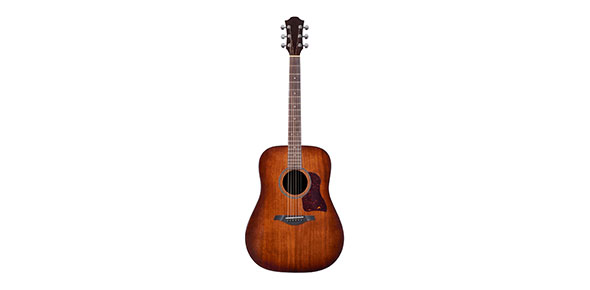Related Flashcards
Related Topics
Cards In This Set
| Front | Back |
|
What are circadian rhythms?
|
Circadian rhythms are those rhythms that last about 24 hours. The 2 best known circadian rhythms are the sleep-wake cycle and the body temperature cycle.
|
|
How did Siffre study his internal clock?
|
On several occasions, he has spent long periods of time living underground in order to study his own biological rhythms. Underground, in a cave, he had no external cues to guide his rhythms - no daylight, no clocks, no radio. He simple woke, ate and slept when he felt like it. The only thing influencing his behaviour was his internal 'clock' or 'free-running rhythm'.
|
|
What did Siffre find about his endogenous biological rhythms?
|
In his first underground sojourn of 61 days in the osuthern Alps in 1962, he resurfaced on 17th of September thinking the date was 20th of August.
On the 2nd occasion he spent 6 months in a Texan cave - his natural circadian rhythm settled down to just over 24 hours but sometimes this would change dramatically to as much as 48 hours. On his final underground sojourn, he was 60 years old (1999). He was interested in the effects of ageing on biological rhythms. He found that his internal clock ticked more slowly than when he was a young man. He also found that his sleep patterns had changed. |
|
What external cues are there for us in the sleep-wake cycle?
|
Changes in daylight; knowing the time of the day.
|
|
What type of study is Siffre's?
|
Temporal isolation study.
|
|
How did Aschoof and Wever's study support Siffre's case study?
|
They placed ppts in an underground WW2 bunker in the absence of environmental and social time cues. They found that most people displayed circadian rhythms between 24 and 25 hours, though some rhythms were as long as 29 hours.
|
|
What do Siffre and Aschoff and Wever's studies show?
|
These studies show that circadian rhythms persist despite isolation from natural light, which demonstrates the existence of an endogenous 'clock'. However, this research also shows that external cues are important because the clock was not perfectly accurate: it varied from day to day.
|
|
Describe Folkard et al's study procedure.
|
Folkard et al conducted an experiment to see if external cues could be used to override the internal clock. A group of 12 people lived in a cave for 3 weeks, isolated from natural light and other time cues. These volunteers agreed to go to bed when the clocl indicated 11.45pm and to get up when it indicated 7.45am. Initially, the clock ran normally but gradually it was quickened until it was indicating the passing of 24 hours when actually only 22 hours had passed.
|
|
What did Folkard et al find?
|
At the beginning, the volunteers' circadian cycle matched the clock, but, as it quickened, their rhythm no longer mathed the clock and continued to follow a 24 hour cycle, rather than a 22 hour one imposed by the experiment (except for one who did adapt to the 22 hour cycle). Overall, this suggest that the circadian rhythm can only be guided to a limited extent by external cues.
|
|
What is an interesting feature of the sleep-wake cylce experiments?
|
As soon as the experiments are over, the ppts take only a few days to resynchronise their cycles to the available external time cues (such as clocks and daylight) showing the importance of such external cues.
|
|
Core body temperature is one of the best indicators of the circadian rhythm. When is it at its lowest and highest? When is there a slight trough?
|
It is at its lowest at about 4.30am and highest around 6pm. There is a slight trough just after lunch which is not just due to the effects of having had lunch - the dip occurs even when people have not eaten (in many countries, the practice of having an afternoon siesta is related to this dip in body temperature).
|
|
What is the temperature dip that occurs just after lunch?
|
The temperature dip is a bi-daily rhythm, which is an example of an ultradian rhythm.
|
|
Hormone production also follows a circadian rhythm. Give some examples.
|
Cortisol is at its lowest around midnight and peaks around 6am. Cortisol is a hormone produced when we are stressed but it is also related to making us alert when we wake up and can explain why, if we awaken at 4am, it is hard to think clearly. It is because cortisol levels are not sufficiently high for alertness.
Melatonin (which induces sleepiness) and growth hormone are two other hormones that have a clear circadian rhythm, both peaking at around midnight. |
|
What important flaw did early research studies suffer when estimating the 'free-running cycle' of the human circadian rhythm?
|
In all studies, ppts were isolated from variables that might affect their circadian rhythms such as clocks, radios and daylight. However, they were not isolated from artifical light because it was thought that dim light, in contrast to daylight, would not affect the circadian rhythm.
|
|
What did Czeisler et al find in terms of artificial light?
|
Czeisler et al altered ppts' circadian rhythms down to 22 hours and up to 28 hours just using dim lighting.
|




